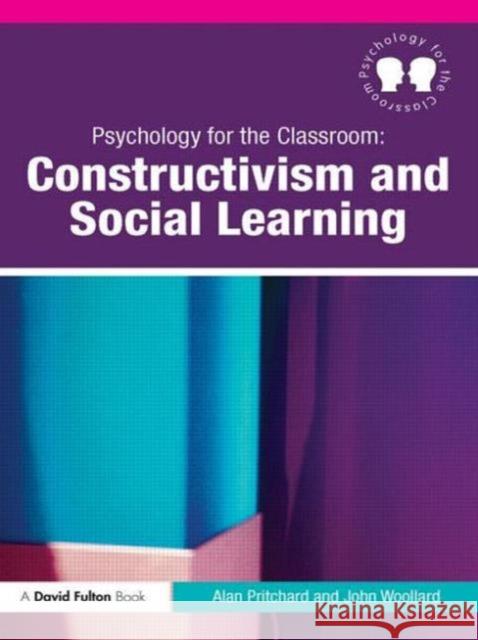Psychology for the Classroom: Constructivism and Social Learning » książka
Psychology for the Classroom: Constructivism and Social Learning
ISBN-13: 9780415494809 / Angielski / Miękka / 2010 / 120 str.
Psychology for the Classroom: Constructivism and Social Learning
ISBN-13: 9780415494809 / Angielski / Miękka / 2010 / 120 str.
(netto: 129,23 VAT: 5%)
Najniższa cena z 30 dni: 135,14
ok. 22 dni roboczych
Bez gwarancji dostawy przed świętami
Darmowa dostawa!
This work provides an introduction to the much debated topics of talk and group collaboration in classrooms, and the development of interactive approaches to teaching. The authors provide a background to research in constructivist and social learning theory.
Teaching and Learning in a Social Classroom provides a lively and accessible introduction to the much debated topics of talk and group collaboration in classrooms, and the development of interactive approaches to teaching. The authors provide a broad, unbiased and practical analysis of constructivist theory, with a focus on contemporary issues, strategies and classroom practices, including the use of elearning and multimedia. The book offers a background to research in constructivist theory and explains its implications for contemporary teaching and learning. Chapters incorporate:
- History of constructivist theory and key thinkers
- Pedagogical implications
- Practical strategies in the classroom
- Constructivist theory and elearning
Case studies and scenarios demonstrating best practice are used throughout the text to exemplify how theory relates to practice, illustrating how monitored collaboration between learners can result in an effective learning environment where targets are met.
Appealing to practising teachers and students alike, this book provides a valuable and practical guide to the use of constructivist theory in education, and is applicable to all those responsible for providing effective teaching and learning.
Psychology for the Classroom is an invaluable aid for all for trainee and practising teachers who want to better understand the applications of psychology in educational practice. Providing an opportunity to explore key topics in educational psychology and apply them to everyday classroom practice, the series presents complex theory in an accessible and relevant way. Each book follows a set structure introducing the topic, detailing and explaining the history of theoretical thought, and explicitly linking theory to pedagogy and teaching styles. This series forms essential reading for all those responsible for teaching and learning who wish to make informed choices about their own pedagogical approaches











